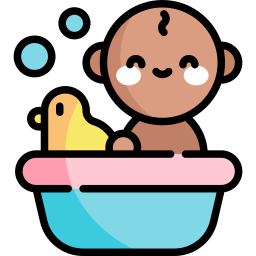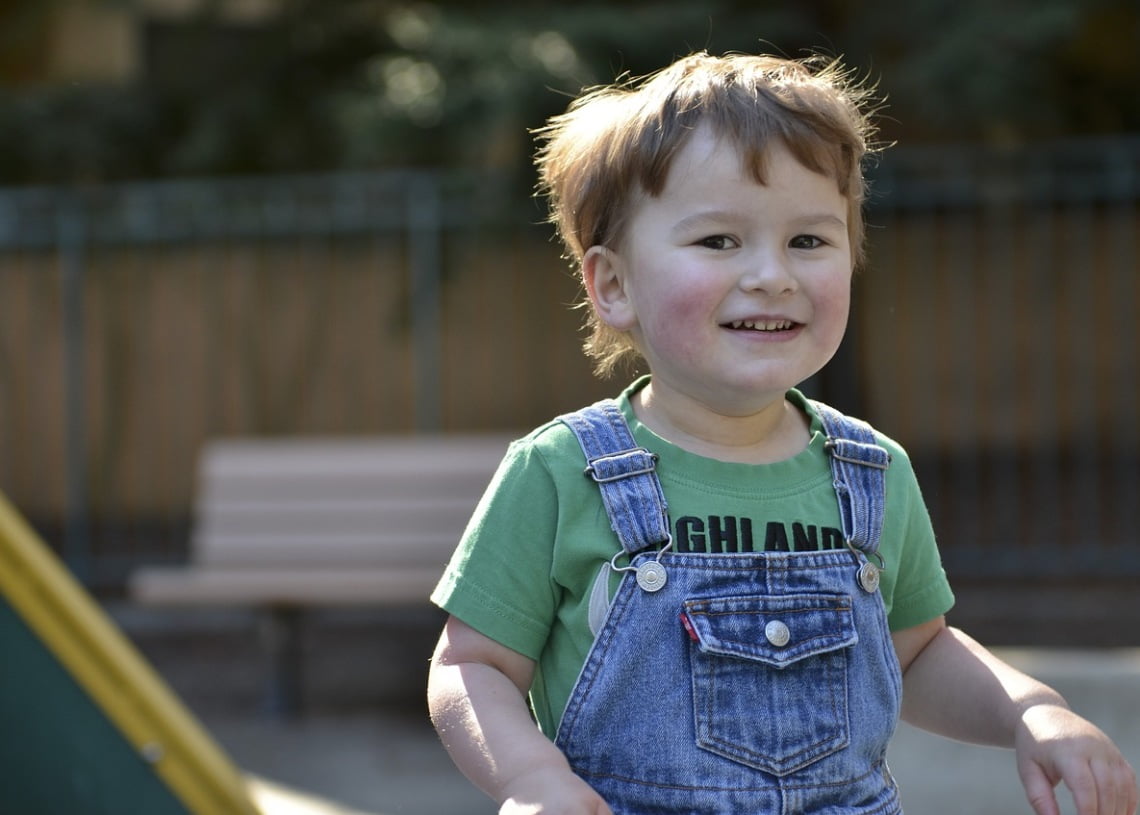Whether you are a caregiver or parent, you must understand people with Autism have unique needs that you must cater to. Besides that, you also need to assist them as they live their life. Here is everything you need to know about supporting a toddler with Autism.
Around 1% of the population throughout the world has Autism. Unfortunately, there is nothing you can do to prepare yourself to hear that your child has Autism. However, there are many things you can do to support your toddler in the best way possible.
Whether you are a caregiver or parent, you must understand people with Autism have unique needs that you must cater to. Besides that, you also need to assist them as they live their life. Here is everything you need to know about supporting a toddler with Autism.
Key Notes
- Children with Autism thrive the most when they have a schedule
- You have to create opportunities for social interactions
- Find ways to support yourself through support groups, counselling, etc
- Create a personalized treatment plan depending on the needs of your child
1. Utilize Nonverbal Ways To Connect
Verbal communication is not the only way to bond with a toddler that has Autism. Instead, you must also use nonverbal ways to deepen your bond and communication. That is because you also communicate with your body language, tone, the way you look at them, and more.
Here are some tips for utilizing this method to connect:
Understand The Nonverbal Cues
The first thing you need to do is understand the nonverbal cues of a toddler with Autism. For example, you must pay attention to the facial expressions, gestures, sounds, and everything else that they use when they are expressing a need or want. You can pick up on these cues and also respond with nonverbal cues to connect.
Understand The Reason Behind A Tantrum
Keep in mind that most children with Autism act out when you are not picking up on their nonverbal cues. They will get frustrated, and they will throw a tantrum. After all, we all feel upset and angry when other people don’t understand us or misunderstand us.
When a child with Autism throws a tantrum, they are communicating that they are frustrated. It is a way for them to get your attention. So, make sure you are paying attention to nonverbal cues and responding accordingly.
2. Create Safety And Structure
As a caregiver or parent, you have to get involved in the daily activities of your child. The best way to do this is by creating safety and structure so your toddler can thrive. Here are some ways you can make this happen:
Have A Schedule
Children with Autism thrive the most when they have a routine, structure, and schedule. That is because they require structure and consistency in their care. Here are the top ways to create a schedule:
- Have regular times for meals, bedtime, school, and therapy
- Make sure that there are minimum disruptions to the routine
- If there needs to be a change in the schedule that you can’t avoid, you must prepare the toddler beforehand
- Don’t deviate from the structure until it is absolutely necessary
All of these tips will help the toddler understand that the care is consistent and that their needs are met. So, follow these guidelines with consistency.
Create A Zone In Your Home Where Your Child Can Feel Safe
You have to create a private space in your home that will allow your child to feel safe, secure, and relaxed. A great way to do this is by setting boundaries and organizing them in such a way that the toddler knows it is their safe zone. For example, you can utilize visual cues such as coloured tape to create the limits of the zone.
On the other hand, we also recommend that you toddler-proof the house for their safety. Even if your child throws tantrums or has other risky behaviours, they will still be safe in the home.
Provide Positive Reinforcement
When it comes to children with Autism, positive reinforcement can be a great way to reward them. If you see them doing something good or positive, then praise them. Keep in mind that you must be specific in what you are praising them for.
Besides that, you can also reward them with their favourite toys, stickers, and more. Any time they do something positive, you must take notice and reward them accordingly.
Consistency Is Key
Finally, you have to be consistent with creating structure and safety in the home for your child with Autism. The key is to stay consistent with these guidelines and also be consistent with the environment. For example, if sign language is being used at school, then you can also use it at home.
On the other hand, you can talk to the therapist about the strategies they are using so that you can also incorporate them at home. Consistency is the key to providing excellent care to your child as they deal with this disorder.
3. Create Opportunities For Meeting Peers
Life with a developmental disorder can be lonely if this no one to support you or peers you can connect with. That is why it is important for you to help your child get together with peers who share the same strengths and interests. These can be through after-school classes, clubs, playgroups, and more.
On the other hand, you can also ask your child who they would want to be friends with in their class. You can also talk to the teacher and determine if there are other people who would like to be friends with your child. As a parent or caregiver, you will have to put in more effort to ensure that their social interactions succeed.
However, once you make this effort, it will be worth it in the long run for the social development of your child. Be sure to follow such guidelines and create opportunities.
4. Introduce Them To Social Stories
One of the top things that children with autism benefit from is a visual guide. That is especially true when they are learning new things. A great way to teach the child how to respond to a social situation appropriately is to introduce them to social stories.
For example, you can draw the flow of a conversation or write down scripts to help the child understand how to talk to peers. There are also social storybooks for children with Autism that you can get to teach them this. It will help them in the school setting as they will know how to respond to different social situations better.
5. Find A Treatment That Works Best For Your Child
Thanks to all the research, there are many treatment plans available for you to help a child with Autism. However, a certain approach may work for another child but not for yours. That is why it is crucial to have a personalized treatment plan that is suitable for your toddler.
Each child is unique, with different weaknesses and strengths. So, you have to assess the individual needs of your child and then come up with a treatment plan. Here are some questions you can ask that will help you create a personalized treatment plan:
- What are the weaknesses and strengths of your child?
- Which ways does my child learn best: visual, tactile or auditory?
- What skills is the child lacking?
- What behaviours are the most problematic?
- What activities does the child love engaging in?
These questions will aid you in understanding your child in a much better way. Once you do, you can create a treatment plan that will work best with them. Of course, you also need to pair it with therapy to reap the most benefits.
6. Find Support And Help
We understand that it can be incredibly challenging to take care of a child with Autism. There are days when you can feel discouraged, stressed, overwhelmed, and other such emotions. Because of this, it is also important for you to have the right support around you.
Remember, you don’t have to do everything on your own, and you are not alone in your struggles. Here are some ways you can find support:
Support Groups
Going to a support group is a great way to meet other families who are also dealing with the same issues. You can share problems, get advice and support, and much more. It will help you feel less isolated and gain more insight.
Counselling
You can opt for individual or family counselling if you are going through anxiety, stress, or depression because of the care. After all, you can’t take care of the child if you are not caring for your own mental health first. It will allow you to let all those feelings out and find various ways to cope with the challenges.
Final Thoughts
That was everything you needed to know about you can support a toddler with Autism. It is not easy for them to be in different social settings and interact with other people.
That is why you have to make sure that they have a fantastic treatment plan and consistency to thrive the most in every environment.



























